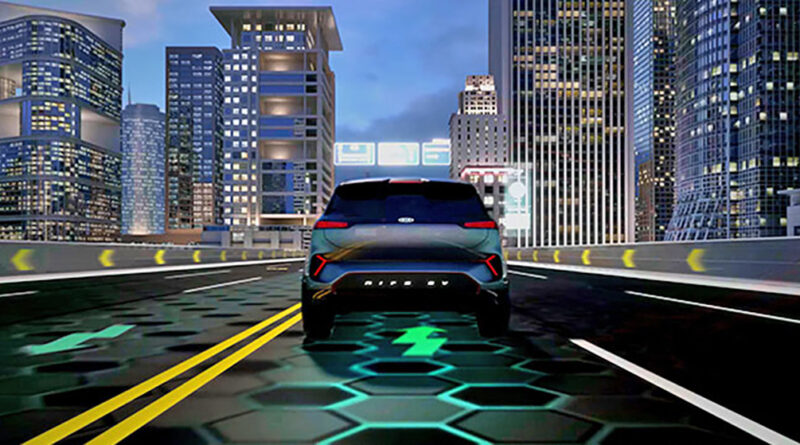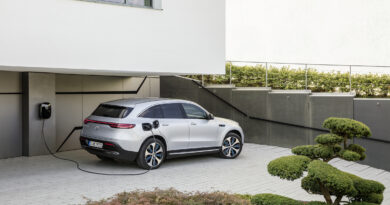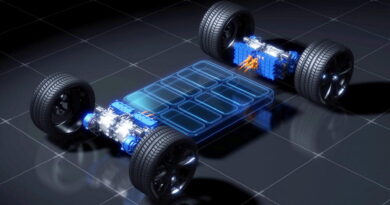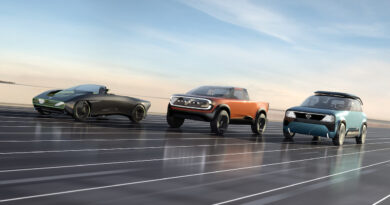EV charging while driving? It’s getting closer…
Roads that can charge an EV as it drives are moving closer to reality, with news of big new field tests under way or about to begin in Europe and the USA.
Dynamic inductive or wireless charging is a technology with the potential to make EVs very hard to resist. It promises solutions to the problems of range anxiety, long charging times and connecting bulky cables.
At the same time it could make EVs more affordable. An EV that could charge on the move wouldn’t need a large and expensive battery pack to be able to drive long distances.
EV FAQ: Can I charge my electric car wirelessly?
Last month a 1km test loop was commissioned in northern Italy. Built beside a motorway to the east of Milan, the Arena del Futuro project is supported by car makers, electrical equipment companies including ABB and several Italian universities.
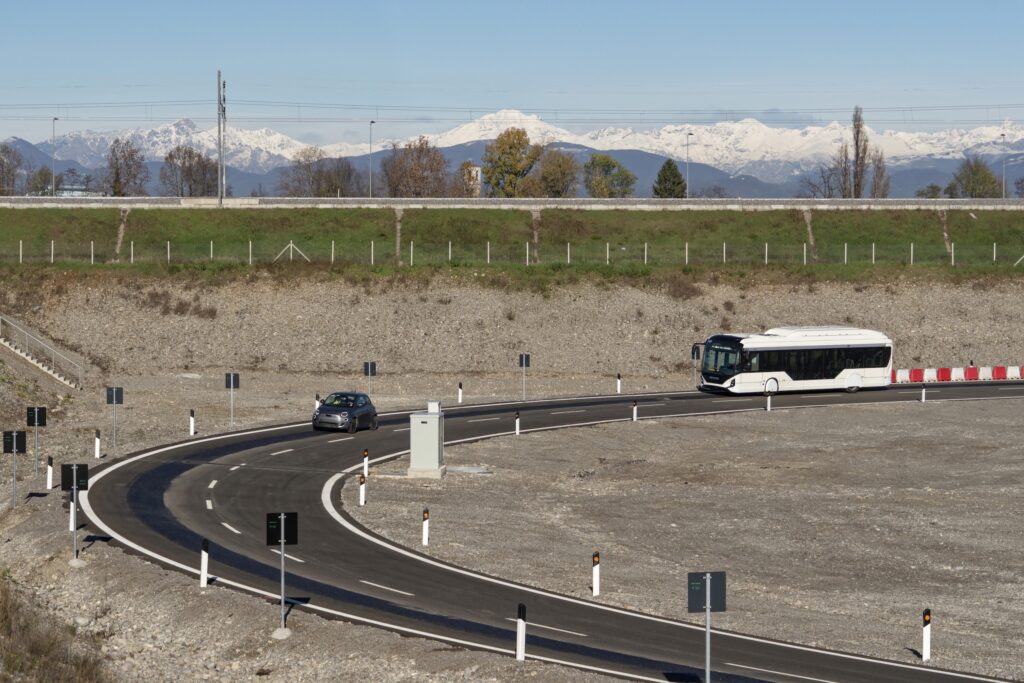
Stellantis, the company that owns Peugeot, Citroen, Opel, Fiat and other brands, is a backer. The first EVs to be driven on the circuit were a Fiat Nuova 500 and an Iveco E-Way bus (pictured above).
Both were equipped with underbody coils to collect the electricity radiated from other coils embedded in the road. The power supply to these primary coils is 1000kW, according to Stellantis, though there were no details on the charging power delivered to the vehicles.
They’re aiming high in the USA, where a new program of real-world testing of dynamic inductive charging is planned to commence from the middle of 2022. Heavy-duty trucks are the focus of this Indiana Department of Transportation project, and the objective to achieve charging rates up to 200kW.
The first step is testing, analysis and optimisation of the system components, including its German-made coils. Once this phase is completed, a 400-metre testbed will be constructed. If the trials are a success, the tech will then be installed in a stretch of Indiana interstate highway.

Dynamic inductive charging isn’t exactly new. Renault, for example, was testing the tech on a small scale five years ago. The two Kangoo ZEs fitted with charging equipment developed by Qualcomm Technologies were able to charge at 20kW while driving at 100km/h over 100 metres of electrified road built in the Paris area.
Part of a Europe-wide project to assess the feasibility of dynamic inductive charging, the experiment aimed to test the theory that if an EV was driven 25 percent of the time on electrified roads it would never need to stop for conventional charging.
While dynamic inductive charging is still some way off, it’s not that far. Researchers at Cornell University in the USA who are working on the tech estimate it’ll be five to 10 years.
Khurram Afridi, an associate professor of computer and electrical engineering at Cornell, envisages highways with dedicated EV charging lanes.
“If you were running out of battery you would move into the charging lane,” he told an interviewer. “It would be able to identify which car went into the lane, and it would later send you a bill.”
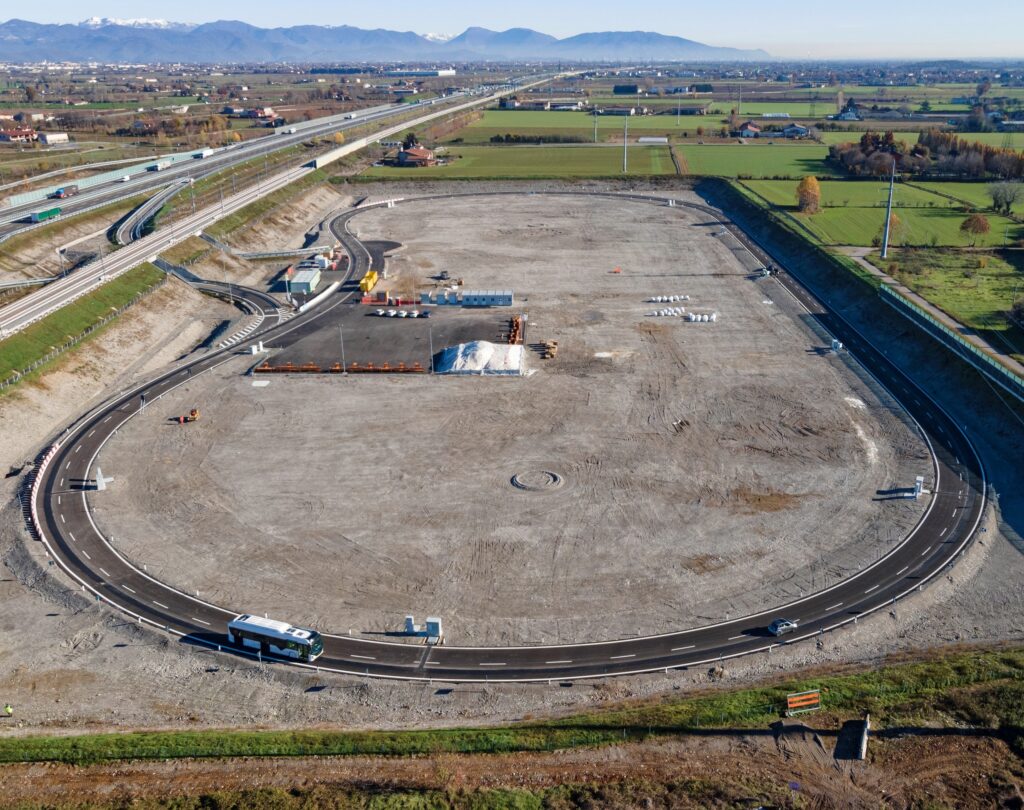
“The only way people are going to buy electric cars is if they’re just as easy to refuel as combustion engines,” Afridi said. “So if we had this technology the electric vehicles would have even fewer limitations than traditional ones.”

